Think you live in a totally free society? Ask the authors of these 7 Books that Were Banned in the U.S. To be fair, all of these books are now available, but considering many were written in the late 19th and early 20th Centuries, we’re not far removed from when they were hard to come by. Not all were banned outright by the government. Some were simply removed due to parental or administrative pressure at the high school level. Regardless, they are all proof you can’t just say whatever you want to in this country, even today.
Ulysses by James Joyce 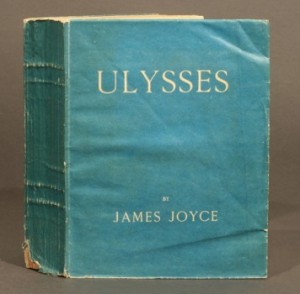
What It’s About: A Modernist re-imagining of the poem The Odyssey set in 1904 Dublin. Leopold Bloom is the Odysseus character. Stephen Dedalus is Telemachus. Molly Bloom is Penelope. However, the 265,000-word novel takes several forks from the original work and emerges as a completely original stream-of-consciousness piece.
Why It Was Banned: Sex. Why else?
When We Wised Up: Ulysses was published in 1922 and faced a temporary government ban stateside, which finally went away in the 1933 case of the United States vs. One Book Called Ulysses. Most people who hate reading find the language and structure of the novel difficult to deal with and would probably prefer it stay out of the curriculum.
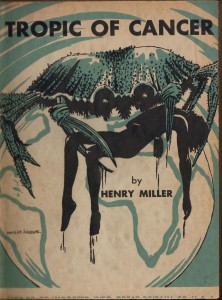 Tropic of Cancer by Henry Miller
Tropic of Cancer by Henry Miller
What It’s About: Henry Miller’s Tropic of Cancer is an autobiography of sorts detailing his time as a struggling author in the late 1920s and early 1930s.
Why It Was Banned: Many agree that Tropic of Cancer is the reason literature today has such a wide breadth in the U.S. It didn’t get there easy, however. Originally published in Paris, the first edition was banned by our government in 1934 for its overt sexuality and candidness. An American printing by Grove Press in the early 1960s led to obscenity trials as the book fought the label of being “pornographic.”
When We Wised Up: In 1964, the U.S. Supreme Court declared the book as “safe.” A 1970 film starring Rip Torn and retroactively rated NC-17 was to follow. Don’t know about you all, but Torn in an NC-17 film is something we’d be okay with banning.
Lady Chatterley’s Lover by D.H. Lawrence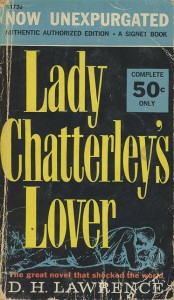
What It’s About: A woman’s husband is crippled and rendered impotent. She loves her husband dearly, but also loves sex. With his approval, she seeks a resolution to the problem.
Why It Was Banned: The official ban was for the violation of obscenity laws. With “Lover” right there in the title, we think you get the picture. Best we can tell, this was banned in the 1930s. U.S. Senator Reed Smoot offered this critique of the book and the author: “I’ve not taken ten minutes on Lady Chatterley’s Lover, outside of looking at its opening pages. It is most damnable! It is written by a man with a diseased mind and a soul so black that he would obscure even the darkness of hell!” (It is believed he did not particularly care for the book.)
When We Wised Up: The ban was overturned in 1959.
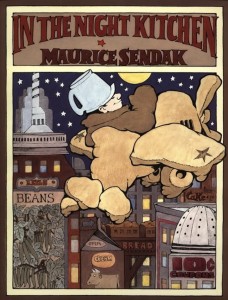 In the Night Kitchen by Maurice Sendak
In the Night Kitchen by Maurice Sendak
What It’s About: A young boy is awakened in the middle of the night and has an out-of-clothing experience that sees him almost getting baked in an oven. (It’s a children’s book, just go with it.)
Why It Was Banned: Author Maurice Sendak’s previous work Where the Wild Things Are was released in 1963 and already had folks on edge for its dark tone. When Sendak featured a naked little boy in the artwork of In the Night Kitchen – and we’re not talking just a butt shot – the censors took note. It wasn’t long before school administrators and teachers started seeing phallic and semenal symbolism in other parts of the book and drew comparisons to Sendak’s homosexuality.
When We Wised Up: The book is not banned outright – at least not by the government. However, schools are reluctant to include it in their curriculums, with some banning it outright even today.
Uncle Tom’s Cabin; or, Life Among the Lowly by Harriet Beecher Stowe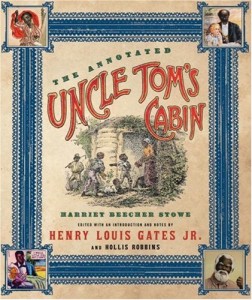
What It’s About: The story of a Christian slave, who stays true to his faith, even in the face of death. This is his story, and the stories of the lives he touches along the way.
Why It Was Banned: Uncle Tom’s Cabin, as it is more commonly known, was initially banned in the southern United States for obvious reasons. It portrayed the atrocities of slavery, a practice very popular in the South, for what they were and mobilized the abolitionist movement.
When We Wised Up: Since the end of the Civil War, the novel’s main trouble comes in the form of its portrayal of African-Americans. There are many stereotypes throughout, and that gets it a bit of a bad reputation. However, many historians believe it was responsible for bringing about the Civil War and the end of slavery, so it’s tough to be too critical. One apocryphal story alleges that President Abraham Lincoln himself met the author and referred to her as “the little lady who started this great war.”
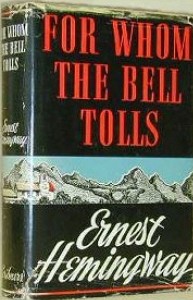 For Whom the Bell Tolls by Ernest Hemingway
For Whom the Bell Tolls by Ernest Hemingway
What It’s About: An American becomes embroiled in the Spanish Civil War and falls in love against the backdrop of a dangerous mission to ignite a vital bridge.
Why It Was Banned: For Whom the Bell Tolls contains several instances of brutality including a gang rape scene, but it was the perceived pro-Communist message that caused the U.S. Post Office to react, declaring the book unfit for mailing.
When We Wised Up: The ban occurred in 1941, but lasted only briefly. By 1943, Gary Cooper was starring in the film version alongside Ingrid Bergman.
The Adventures of Huckleberry Finn by Mark Twain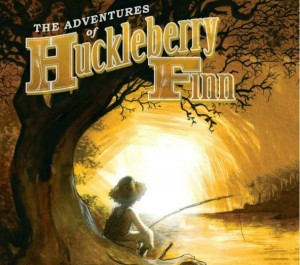
What It’s About: The adventures of a mischievous youth and his friend, an escaped slave, along the Mississippi River.
Why It Was Banned: Huck Finn is one of those books that continues to be problematic for word choice. The easiest time it had was in England where it was first published circa 1884. As early as the 1885 U.S. Edition, libraries were nixing it from their inventories. Censorship of the novel persists even today with “updated” editions like The Hipster Huckleberry Finn, which replaces the notorious N-word with “hipster.”
When We Wised Up: The constant use of the N-word is difficult to get around for many, especially in the high school environment. As a result, urban areas are reluctant to teach it in its pure form. Well into the 21st Century, school districts are still playing avoidance, though the novel remains accessible.
What about your experiences? Ever had a book removed from your school’s curriculum for objectionable content? Share your experiences below!
